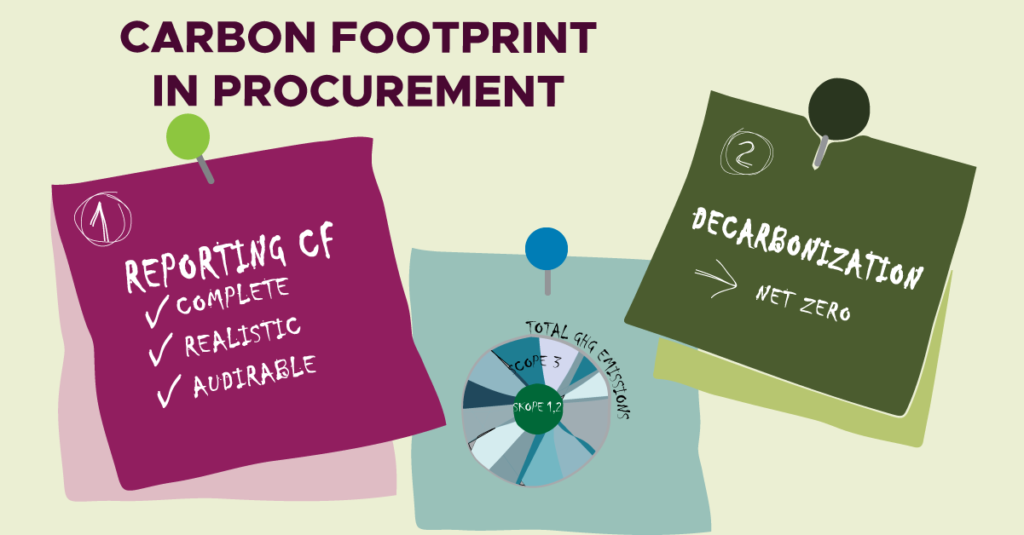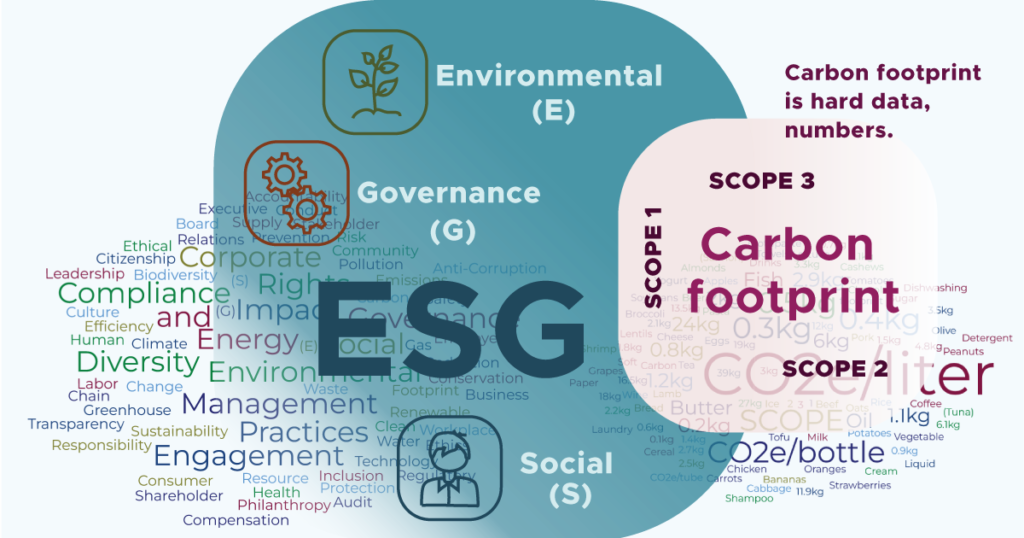Many discussions about the carbon footprint management come to mentioning companies’ procurement functions. That is similar as with other factors where the responsible business meets the need to work with the supply chain. Using carbon footprint as a procurement criterion should be a no-brainer. Let’s dig deeper, however, and we will soon come to a kind of chicken-and-egg problem.
Calculating supply chain is a must
Carbon footprint management makes sense only when it fully accounts for the contribution of the supply chain, for at least two reasons:
- Calculations of the carbon footprint are relevant only when they consider upstream inputs (Scope 3, indirect emissions). If we want data better than the generalised, industry-average emission factors, we need to get them from suppliers.
- If, say, 85% of your products’ carbon footprint stems from your supply chain, where do you look for reductions? Logically, we will gradually shift our preferences towards suppliers with lower carbon footprint. That is right also from the high-level, societal point of view. No one else is in better position to motivate companies to decarbonise, than their customers (N.B., government agencies, this includes your procurement.)
Looking from a different angle, it is legitimate to expect from those who posses power over market to put their money to best use. Decarbonisation of the supply chains should yield benefits for the company as well as for the society at large.
Level playing field
So much for the theory. In practice, the picture is spoiled by carbon reports which are incomplete and/or based on the same industry-average based calculations we want to avoid. Data are missing, so every calculation goes only so far. Imagine that you will ask three potential suppliers for disclosure of the carbon footprint of their products. They will gnash their teeth, you will get the numbers. They will include somewhere between 0 and 100% of their own Scope 3 upstream and comparing them couldn’t be fair.
Responsibility goes a long way
Shall the big spenders give up and forget about the carbon footprint as a procurement criterion? We don’t think so. It is just important to stay realistic and acknowledge that there is a long way, consisting of two legs:
- Making provision of the product carbon footprint data just a normal business practice. And we mean numbers that are complete, realistic, auditable.
- Using these numbers to drive the carbon footprint towards the Net Zero.
Without the change of the business culture, we won’t get anywhere. That is very tall order, just appropriate for the mightiest corporations and governments. Any procurement procedure with a requirement to provide ever better carbon footprint calculations is a step in the right direction.

